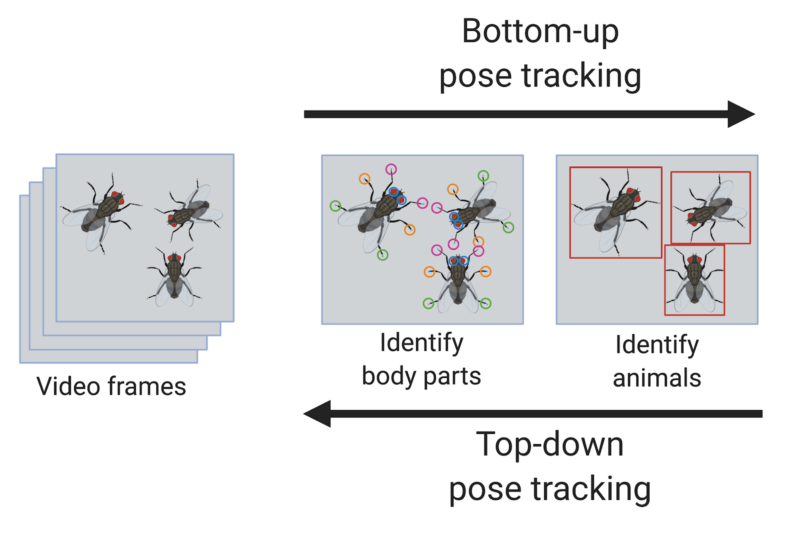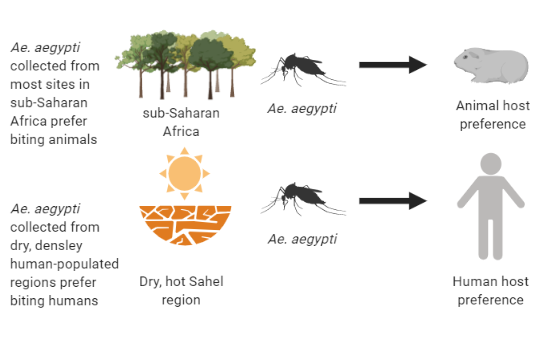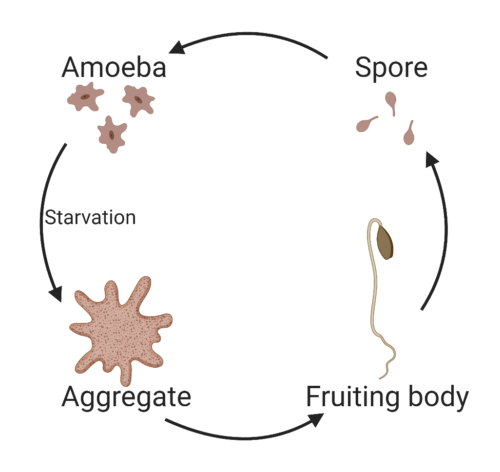Review written by Natalie Wong (2025, EEB)
The term “protected area” in the context of wildlife preservation calls to mind an idyllic haven untouched by civilization, where all organisms have the resources they need to thrive. The expectation is that animals–particularly those facing endangerment or extinction–will be kept safe from the humans who contribute to the rapid dwindling of their populations through laws put in place by humans. This paradoxical involvement of people is precisely where issues arise.
Continue reading “Meant to protect, made to neglect: exposing parks’ true efficacy in keeping species safe”


